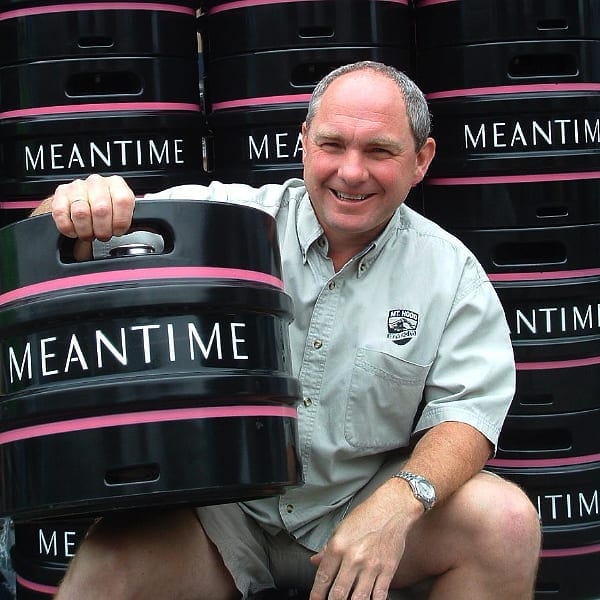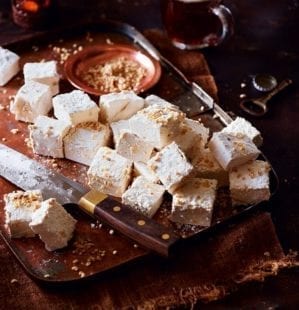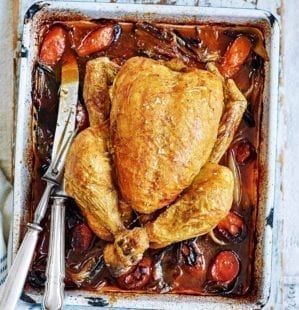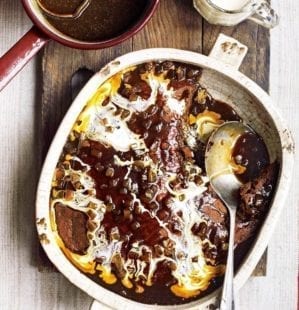How beer is made
Home brew is all well and good, but if anyone recalls their dad’s home-made concoctions blowing up in the airing cupboard, there are some things best left to the experts. Our resident beer fanatic at delicious. went to meet Alastair Hook, Master Brewer at micro-brewery Meantime to learn what’s in it and how it’s done.

Alastair Hook is owner, founder, Managing Director and Master Brewer at Meantime Brewing, a microbrewery in Greenwich, London and producer of no less than four of the 2008 International Beer Challenge’s World’s 50 Best Beers. Meantime also supplies every beer in the Sainsbury’s Taste the Difference range, so if anyone knows their oats or, more to the point, their barley, hops, yeast and water – then it’s Alastair.
First things first, what goes into beer?
Barley: This is the source of the energy required to produce sugars and ultimately alcohol. It’s converted into malts at an early stage.
Hops: Traditionally grown in Worcestershire and Herefordshire, but on the largest scale in Kent, hops originally acted as a preservative and is the closest equivalent to the wine notion of ‘terroir’ in beer, with different varieties creating distinctive flavour profiles. When malts and hops are working well to complement one another, the beer is described as ‘well-balanced’. It’s their interplay which provides the real distinction between beers.
Water: Beer is 95% water, and the type of water that has gone into your beer influences the style of beer produced. Hard water is used to produce heavier styles, such as porter in London (a hard water area), whereas soft water is used for pilseners, a lighter beer. At Meantime, the brewers filter the water appropriately to the style of beer they’re producing.
Yeast: This is the agent which essentially converts the sugar in barley to alcohol. But the temperature at which it is used will also influence the style of beer produced. Yeast used at warmer temperatures converts the alcohol faster, producing more buzzy flavours typical of ales: colder temperature yeasts operate more slowly and produce more restrained flavours, typically found in lagers. Yeast is, as a living organism, also one of the most difficult ingredients to manage. As Alastair points out: “Yeast is the one thing that keeps a brewer up at night.”
Fruit: These days fruit is only used in fruit beers typical of Belgian lambic styles; in the 1400s fruit was added to mask the taste of ‘off’ beer.
Time: Alastair argues that time is a key yet often-forgotten ingredient in the process. ‘Lager’ is in fact a German word meaning ‘cold store matured’ to reflect the length of maturation it has undertaken, rather than the meaning it has in the UK today.
With the ingredients are assembled, what’s next?
Stage One – Malting and Kilning: First, the barley is soaked in water to break down the internal starches, dried and then kilned at a temperature consistent with the style of the beer to be produced in a process similar to that of roasting coffee beans. A higher temperature kilning produces darker malts suitable for porter styles, lighter kilning produces barley best suited to lighter ales and lagers.
Stage Two – Mashing: The resulting ground barley malt (also called grist) is then infused in hot water and heated to varying temperatures, enabling enzymes to produce the sugars which will later be converted to produce alcohol with the addition of yeast.
Stage Three – Boiling and Hopping: After various transfers between ‘tuns’, the remaining mixture (‘wort’) is boiled for 75 minutes. Hops are added at the early stage of this process to provide bitterness and later on to provide aroma.
Stage Four: The spent hops are separated from the wort. The wort is then drained, cooled and passed into the fermentation tanks. The entire process has taken no more than eight hours.
Stage Five – Fermentation: The yeast is added at this point and left to convert the sugars to alcohol, at which point the mixture becomes beer. This process takes three to four days in the case of ale, and seven days or so for lager.
Stage Six – Maturation: This is a second process of fermentation which at Meantime allows the natural carbonation of the beer and, over the course of 28 days, gently smooths the flavour profile of the beer and softens the edges of any less desirable flavours.
Stage Seven – Filtration and Bottling: The beer is then filtered to remove any yeast sediment, sometimes several times and then bottled, though in ‘bottle-conditioned’ beers a small amount of yeast is allowed to remain for further maturation in the bottle.
Stage Eight – Savouring: Purchase, open and enjoy (responsibly).
Craig Butcher
Meantime beers are available from Waitrose, Sainsbury’s and Tesco’s and selected pubs nationwide. Click here to learn more about Meantime Brewing.
Subscribe to our magazine
Food stories, skills and tested recipes, straight to your door... Enjoy 5 issues for just £5 with our special introductory offer.
Subscribe
Unleash your inner chef
Looking for inspiration? Receive the latest recipes with our newsletter


